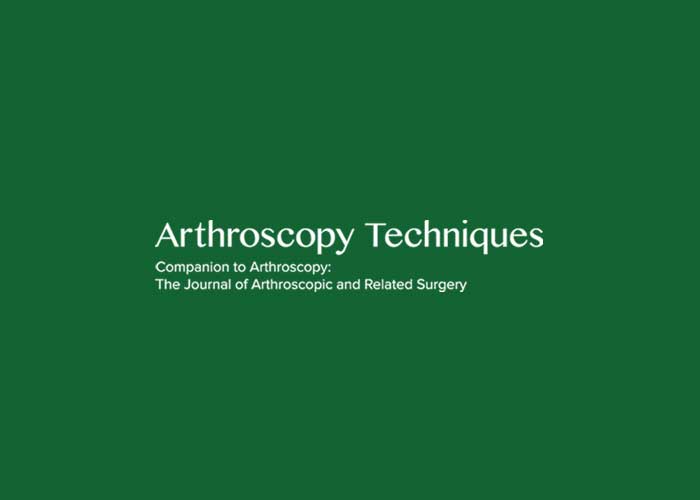
Authors:
, , ,
Abstract:
Shoulder instability is a common pathology treated in acute and chronic settings, often in young, active patients. Surgical options vary depending on patient factors, injury severity, degree of bone loss, and surgeon preference. In cases of significant bone loss, bony augmentation procedures are recommended to minimize the risk of recurrent instability. This Technical Note describes the authors' preferred surgical technique for the open Latarjet procedure for treatment of shoulder instability.
You can read the full study here: Open Latarjet Procedure for Recurrent Anterior Shoulder Instability with Glenoid Bone Loss: Technical Considerations
Video Credit:
Max Seiter, Philip C. Nolte, Bryant P. Elrick, Peter J. Millett
Published in Arthroscopy Techniques
Study Title: Open Latarjet Procedure for Recurrent Anterior Shoulder Instability with Glenoid Bone Loss: Technical Considerations
Video Summary:
This technical note outlines the senior author's preferred open Latarjet procedure for treating recurrent anterior shoulder instability. The surgery is performed with the patient in the beach chair position, beginning with a diagnostic arthroscopy to assess intraarticular pathology. A deltopectoral approach is used to expose and prepare the coracoid process, which is osteotomized, drilled, and fashioned into a bone graft. After splitting the subscapularis muscle and performing a horizontal capsulotomy, the coracoid graft is fixed to the anterior glenoid neck using two screws, ensuring it lies flush to restore stability. The capsule and subscapularis are then repaired. Postoperatively, patients use a sling for 3 weeks, start range of motion exercises at 3 weeks, and begin strengthening at 5–6 weeks, with a return to sports around 4 months.
